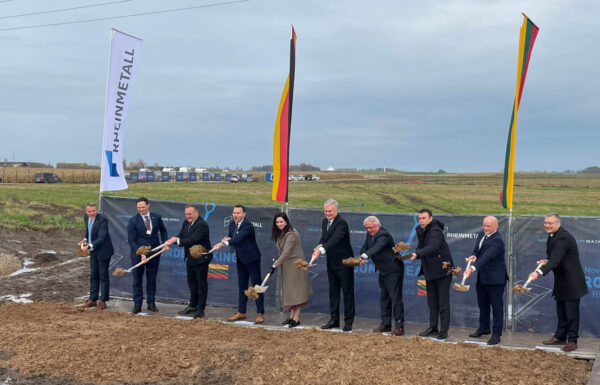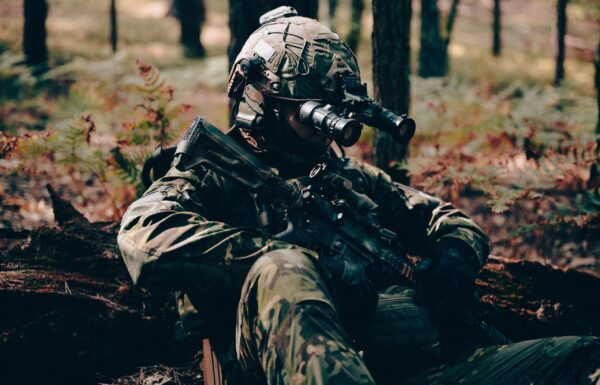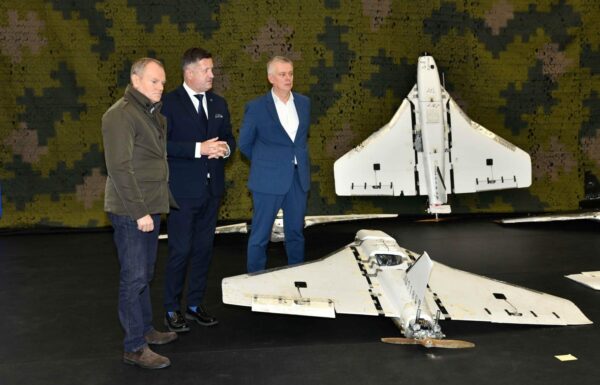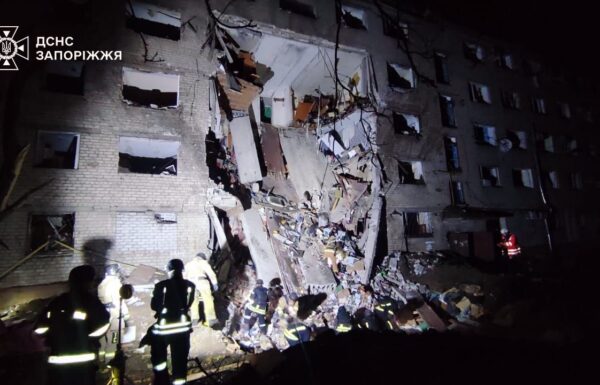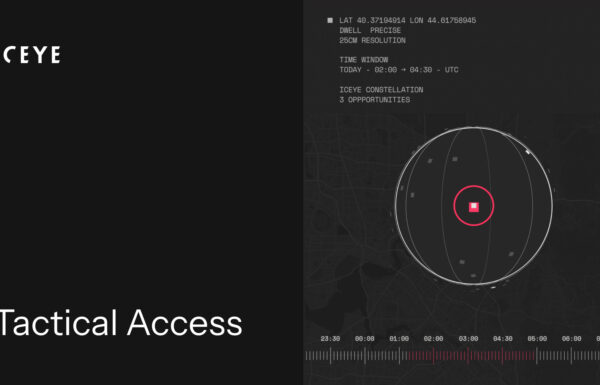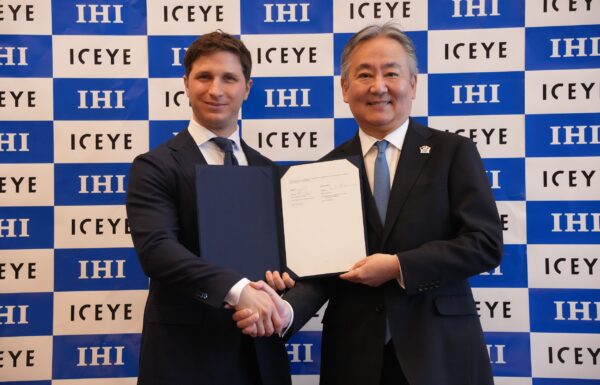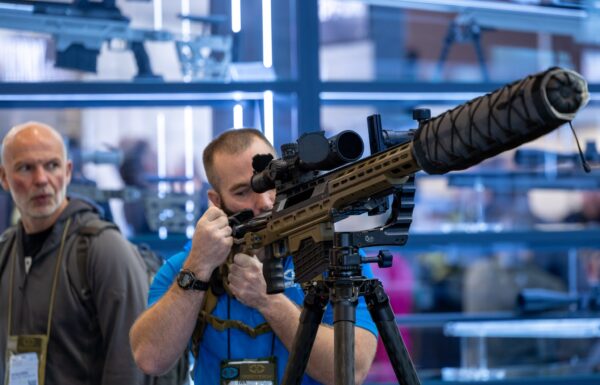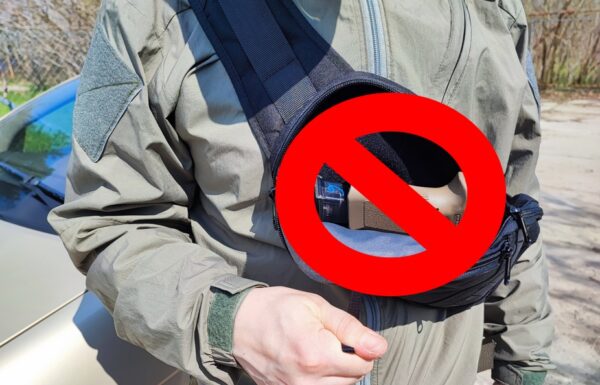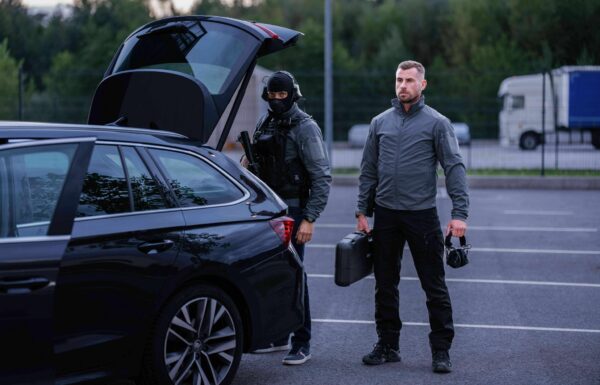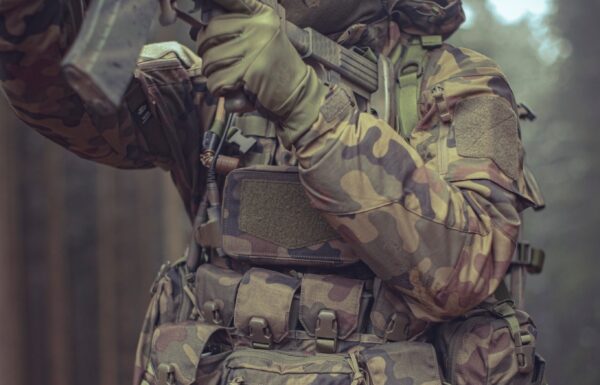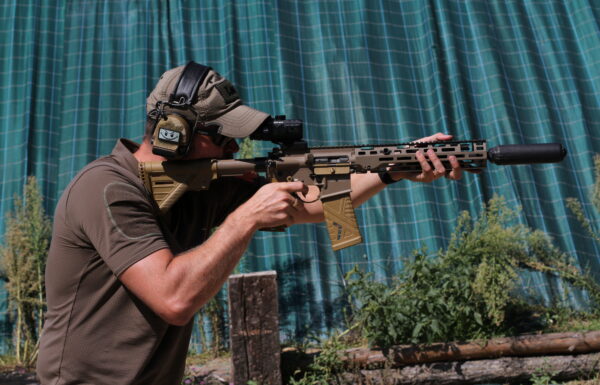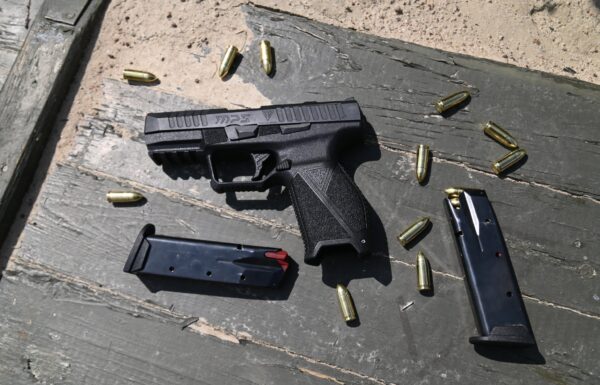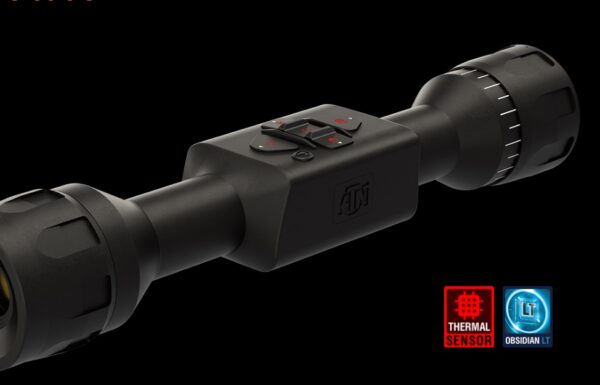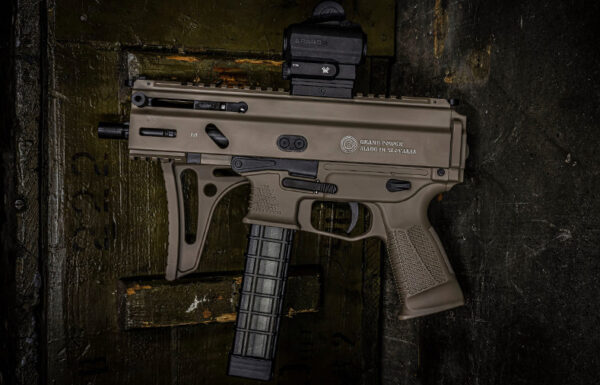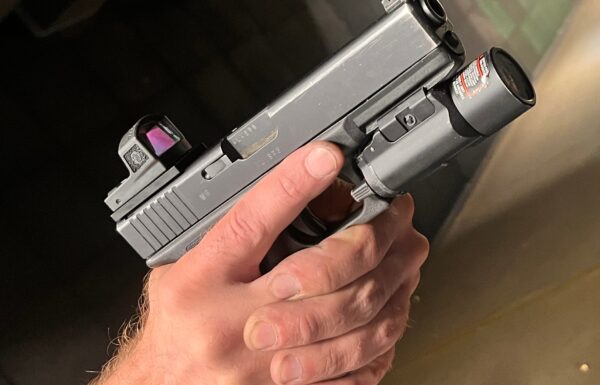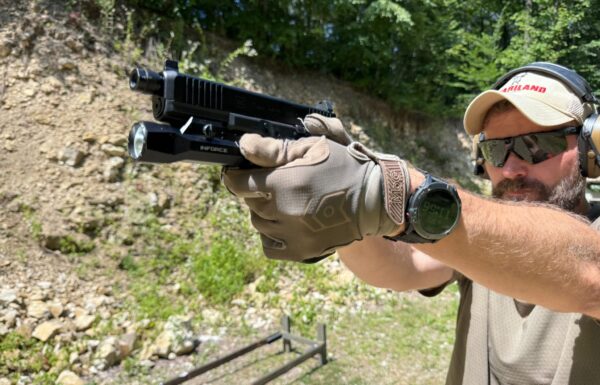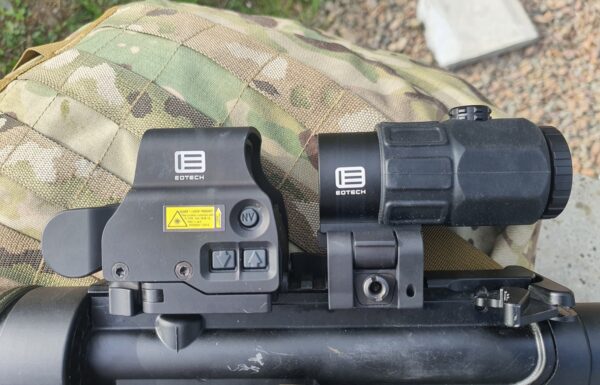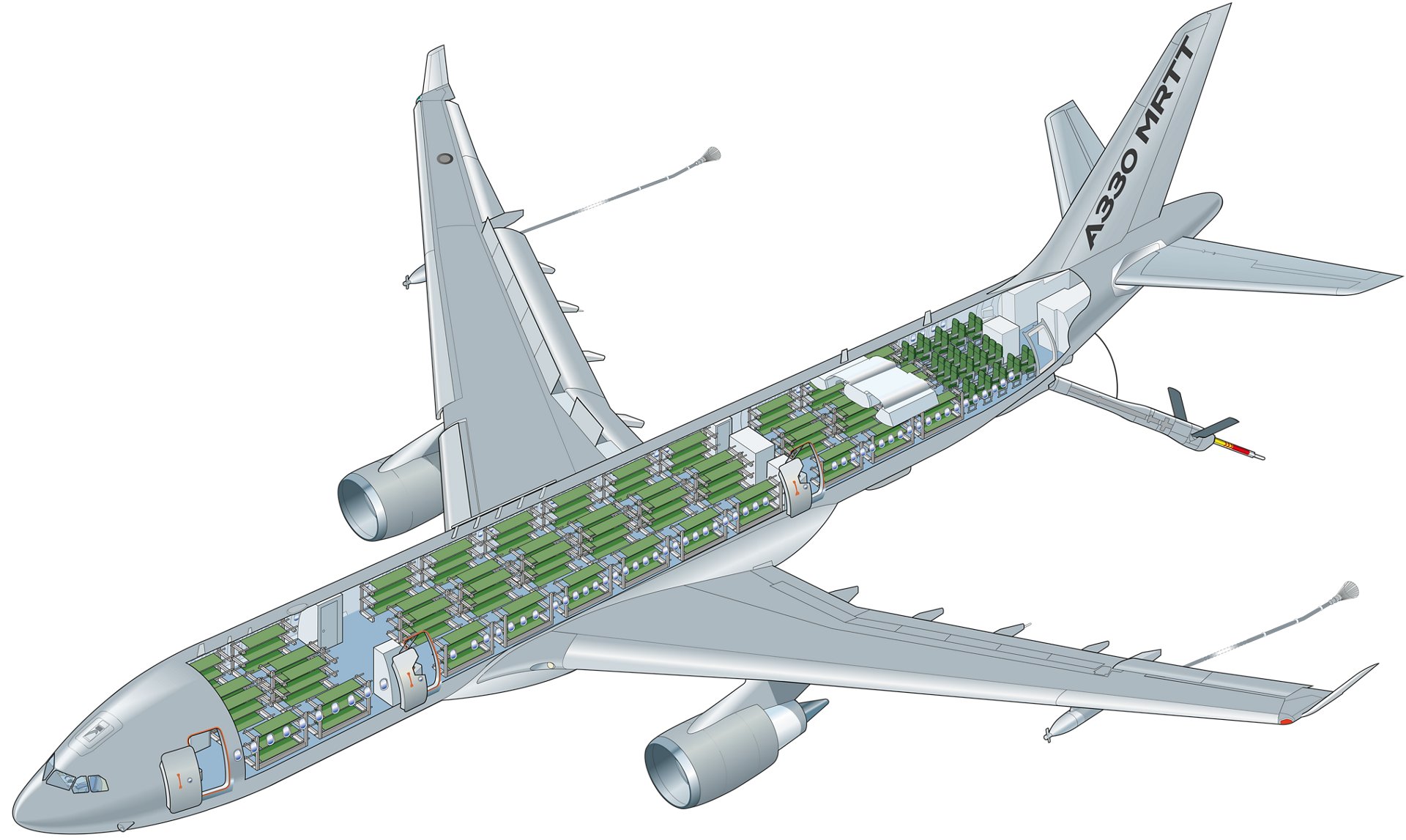For many decades, the Polish Air Force operated without fully utilizing its potential. While having F-16s — and in the future, F-35s — offers significant capabilities, owning modern combat aircraft is one thing; being able to fully and effectively use their potential is another.
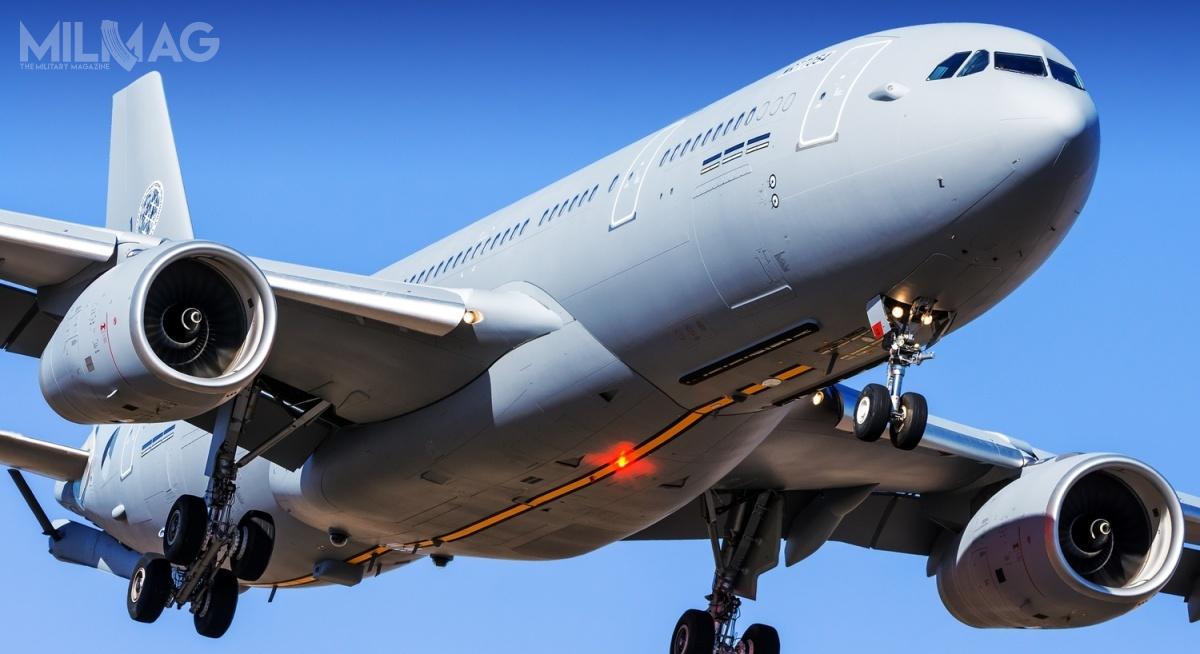 Photos and Image: Airbus Defence and Space
Photos and Image: Airbus Defence and Space
While the Polish Air Force won’t be able to fully utilize the capabilities of the F-35 for quite some time, some of that potential can be unlocked — if the right steps are finally taken. Having the ability to strategically support our armed forces by air anywhere in Europe or around the world is within reach. And this is where a term still unfamiliar in Poland comes into play: MRTT – Multi Role Tanker Transport.
This is not a luxury gadget for the wealthy. It’s a tool that marks the difference between an army capable of operating at a distance and one that stays at home. France and the United Kingdom didn’t acquire MRTTs because they had money to spare, but because, without them, it’s no longer possible to conduct serious expeditionary operations — not to mention supporting air power in a conflict zone where you don’t have access to your own bases.
More Than A Flying Tanker
The MRTT is a strategic transport aircraft, an airborne hospital, an evacuation platform, and a diplomatic tool all in one. It can carry over 100 tons of fuel, transport more than 250 passengers or 45 tons of cargo. In a crisis situation — such as the evacuation of citizens or the wounded — it offers a real capability for rapid action from the other side of Europe, without needing permission from other countries to use their aircraft.
In 2023, when the conflict between Israel and Hamas erupted, Poland had to improvise the evacuation of its citizens from Tel Aviv. Ultimately, C-130 and C295M aircraft were used, and passengers were moved in stages, with stopovers and transfers. It was safe, but far from efficient. Had we had even a single MRTT aircraft at our disposal, the evacuation could have been carried out in a single flight — with more passengers, faster, and with better onboard medical support.
What the MRTT Brings to Polish Military Aviation?
First – the real ability for our F-16s and future F-35s to operate beyond national borders. Modern warfare is not just about defense, but also about power projection and allied solidarity. In the event of a conflict, for example over the Baltic states, Polish aircraft could operate farther and longer — but only if they have access to aerial refueling.
Second – the ability to maintain long-duration combat air patrols even over our own territory. At a time when Russia is attacking Ukraine with missiles and drones almost daily, a realistic scenario involves the constant presence of Polish fighters in the air — both to protect Warsaw and critical infrastructure. Without aerial refueling, the duration of such patrols is limited. With the MRTT, patrols can be significantly extended without the need to rotate aircraft or risk returning to base at critical moments.
Third – the ability to train full mission profiles using the aircraft’s complete capabilities. Without our own tanker, Polish F-16 pilots face limitations: with a full weapons load, they can’t take on maximum fuel; with maximum fuel, they can’t carry full armament. Today, we have to rely on our allies for aerial refueling, which limits our training autonomy.
Fourth – strategic airlift capability. Our C-130s are aging, and the C295M is more of a tactical platform than an intercontinental one. The MRTT could provide rapid transport of troops, equipment, and medical supplies — for example, in the event of an urgent medevac from an overseas mission or the evacuation of a field hospital.
Poland’s Own MRTT or Shared with NATO?
Poland was among the initiators of NATO’s joint tanker fleet under the Multinational MRTT Fleet (MMF) program and showed interest until November 2014. However, it ultimately did not join due to an unsatisfactory offset offer from Airbus Defence and Space. Instead, on February 15, 2017, a national program codenamed Karkonosze was launched.
Meanwhile, under the MMF framework, six European countries — Germany, the Netherlands, Belgium, Luxembourg, the Czech Republic, and Norway — are jointly purchasing and operating the A330 MRTT.
Having a national MRTT means independence — both operational and political. We can use it when we want, where we want, and for whatever purpose we choose — without having to coordinate flight hours, aircraft availability, or mission priorities with partners. This is essential if we take seriously the development of expeditionary forces, readiness to evacuate Polish citizens abroad, and — above all — the ability to carry out air operations within NATO. We cannot rely solely on the goodwill of our allies.
Possessing an MRTT is also a signal. To our allies — that we’re a serious player, not just a consumer of security but a contributor to it. To our citizens — that the state is prepared for crisis situations when they may need evacuation from dangerous parts of the world. And to our adversaries — that Poland can act faster, farther, and more effectively than they might expect.
Can we afford it? From the perspective of the defense budget — absolutely. Especially when comparing the cost of a single MRTT to that of one F-35. If we are serious about building real operational capabilities, the answer is clear: Poland cannot afford not to have these aircraft.







